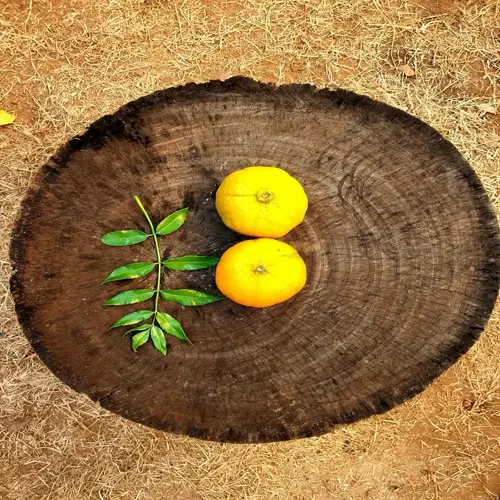How do wood chips improve soil compared to peat?

Written by
Michael Sullivan
Reviewed by
Prof. Martin Thorne, Ph.D.Wood chips fundamentally improve soil structure more effectively than peat moss. Peat compacts very readily, wood chips create air channels so that the roots can breathe. This natural aeration prevents waterlogging, which injures plants. Your garden receives lasting drainage improvements that cannot be achieved with peat.
Drainage Improvement
- Creates air pockets preventing root suffocation
- Breaks up heavy clay soils effectively
- Reduces surface runoff during heavy rains
Moisture Regulation
- Slows evaporation in hot weather
- Prevents rapid drying of topsoil
- Reduces watering frequency by 25-40%
Soil Fertility
- Releases nutrients gradually during decomposition
- Hosts beneficial fungi improving nutrient uptake
- Builds humus content over 2-3 years
Environmental Impact
- Utilizes waste wood from sustainable forestry
- Sequesters carbon during decomposition
- Requires no bog destruction
Use wood chips for either surface mulching or for soil amendment. For mulching, use 2 to 4 inches of mulch around plants and keep it away from the stems of the plants. For soil amendment, mix aged chips into the top 6 inches of soil, using a rate of 25 percent by volume. Always use aged chips to prevent tying up nitrogen during decomposi tion.
Good preparation allows for maximum benefit; age fresh wood chips for 6 months before application. Combine chips with nitrogen sources (such as grass clippings/manure) to eliminate the risk of temporary nitrogen depletion and ensure a stable planting environment, minimizing concerns about planting and growth.
Environmental benefits make wood chips truly sustainable. They utilize byproducts of forestry that would otherwise be disposed of in landfills. This carbon sequestration continues as the material decomposes, making your garden a net carbon sink rather than a source of carbon.
The movement from peat to woodchips for lasting improvement in soil. Use in paths between the beds, rather than on planting areas. In two seasons, you will see an improvement in the soil structure, earthworm activity, and a reduction in the need for watering that peat never gave you.
Read the full article: 10 Best Peat Moss Alternatives for Gardens

